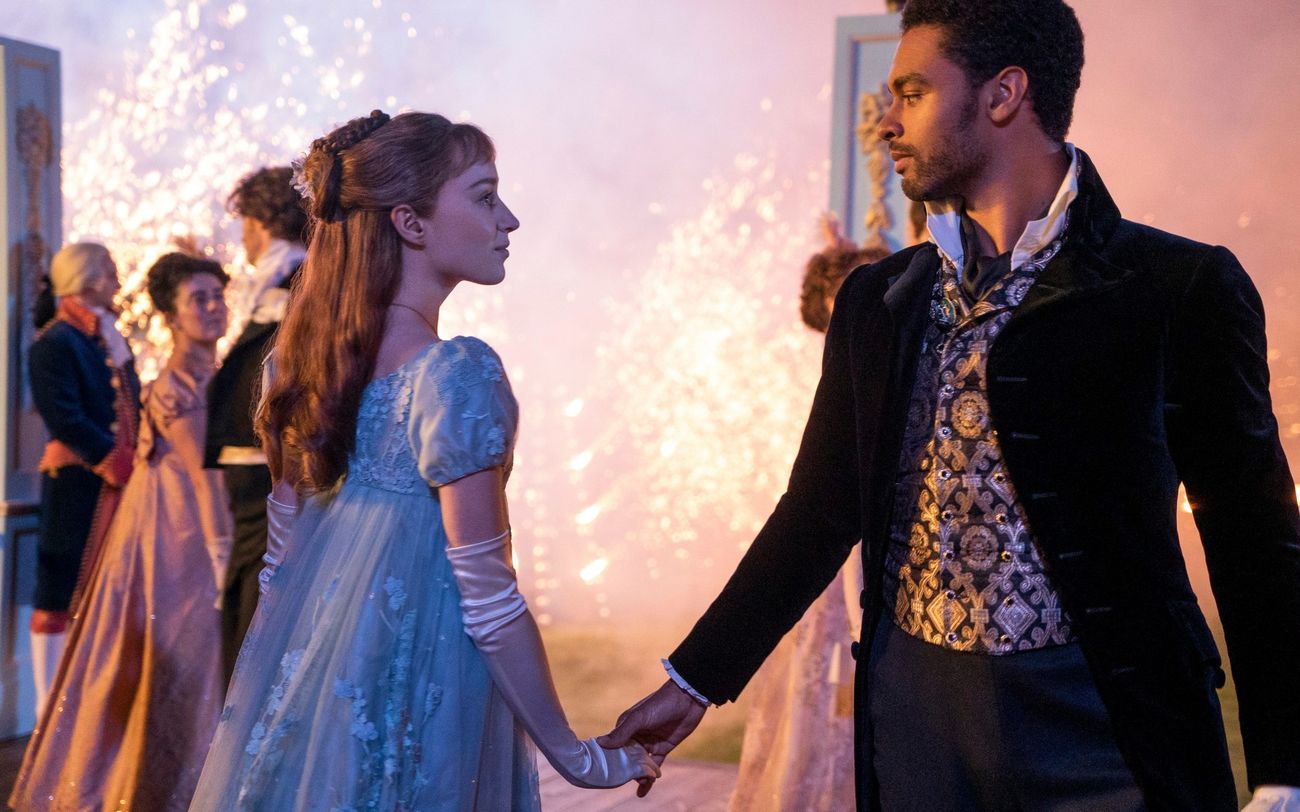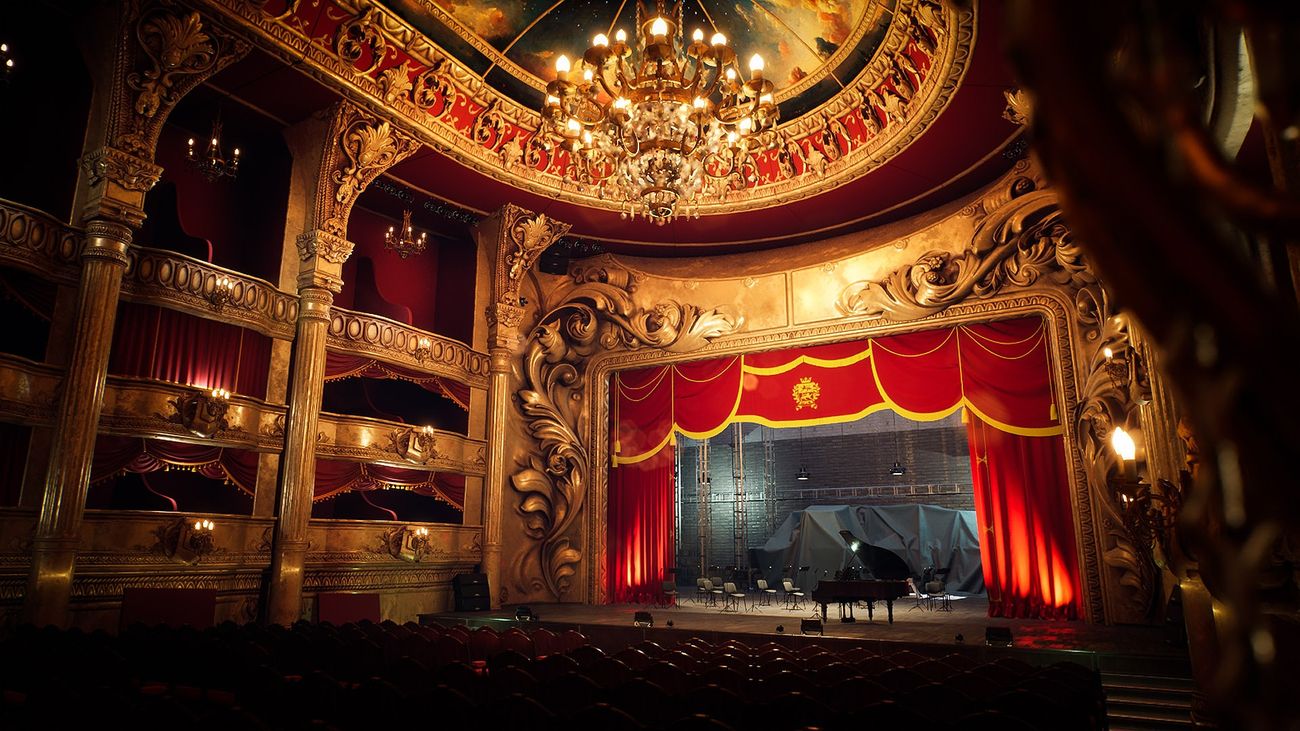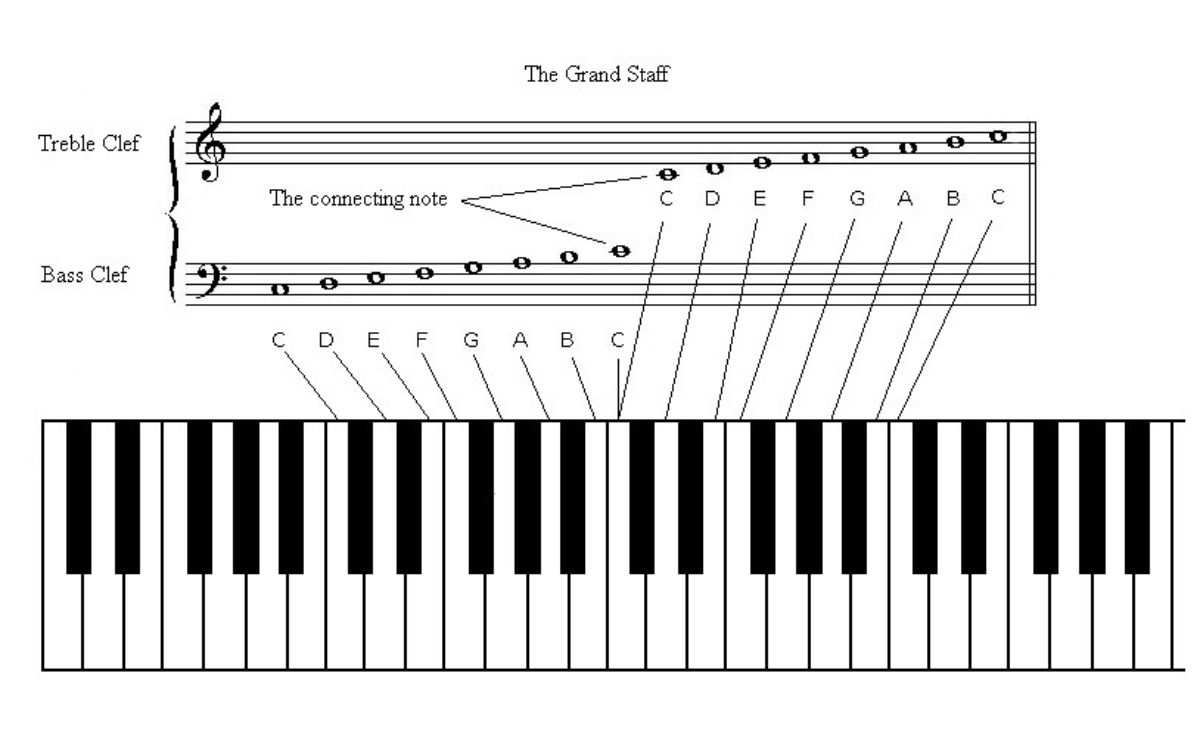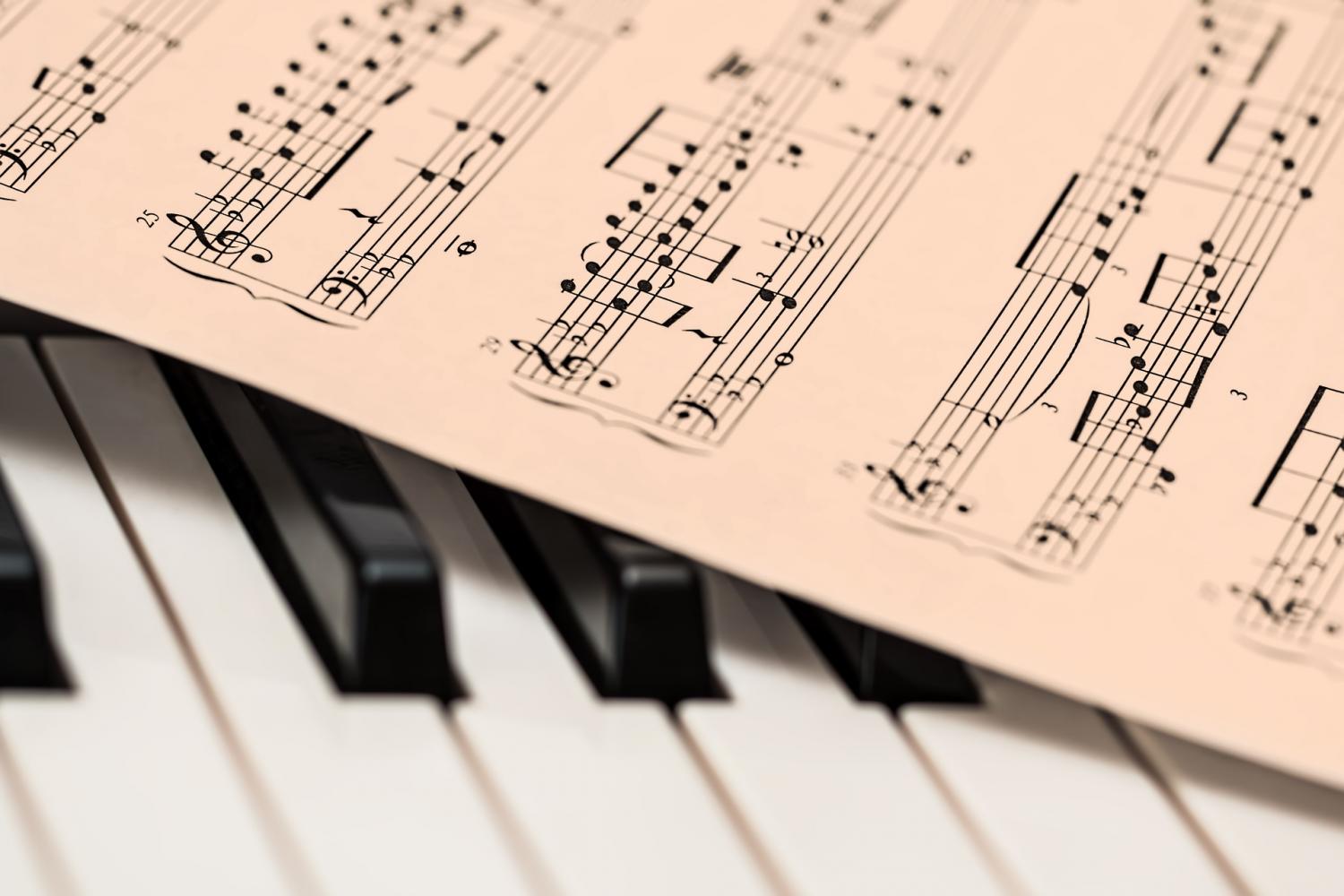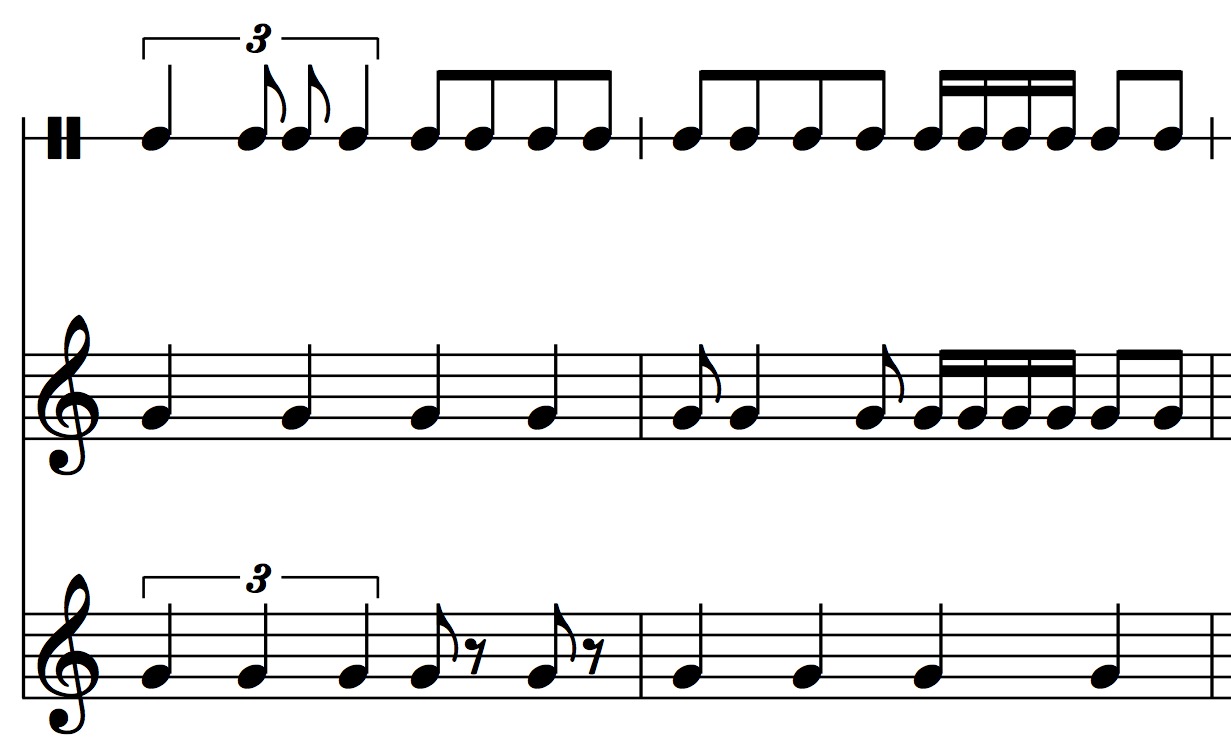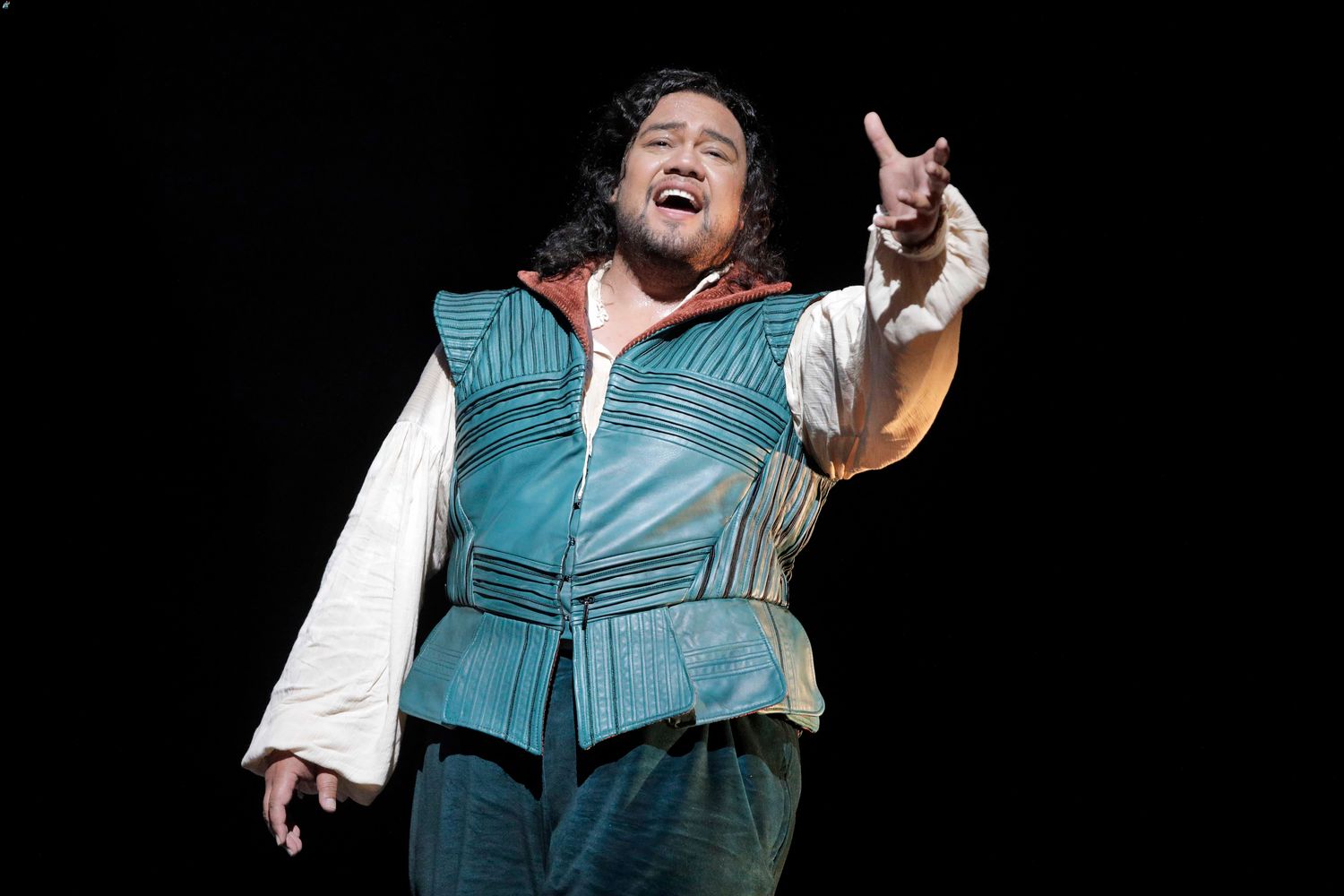Home>Events & Info>Opera>What Is The Term For The Italian Form Of Realistic Opera?
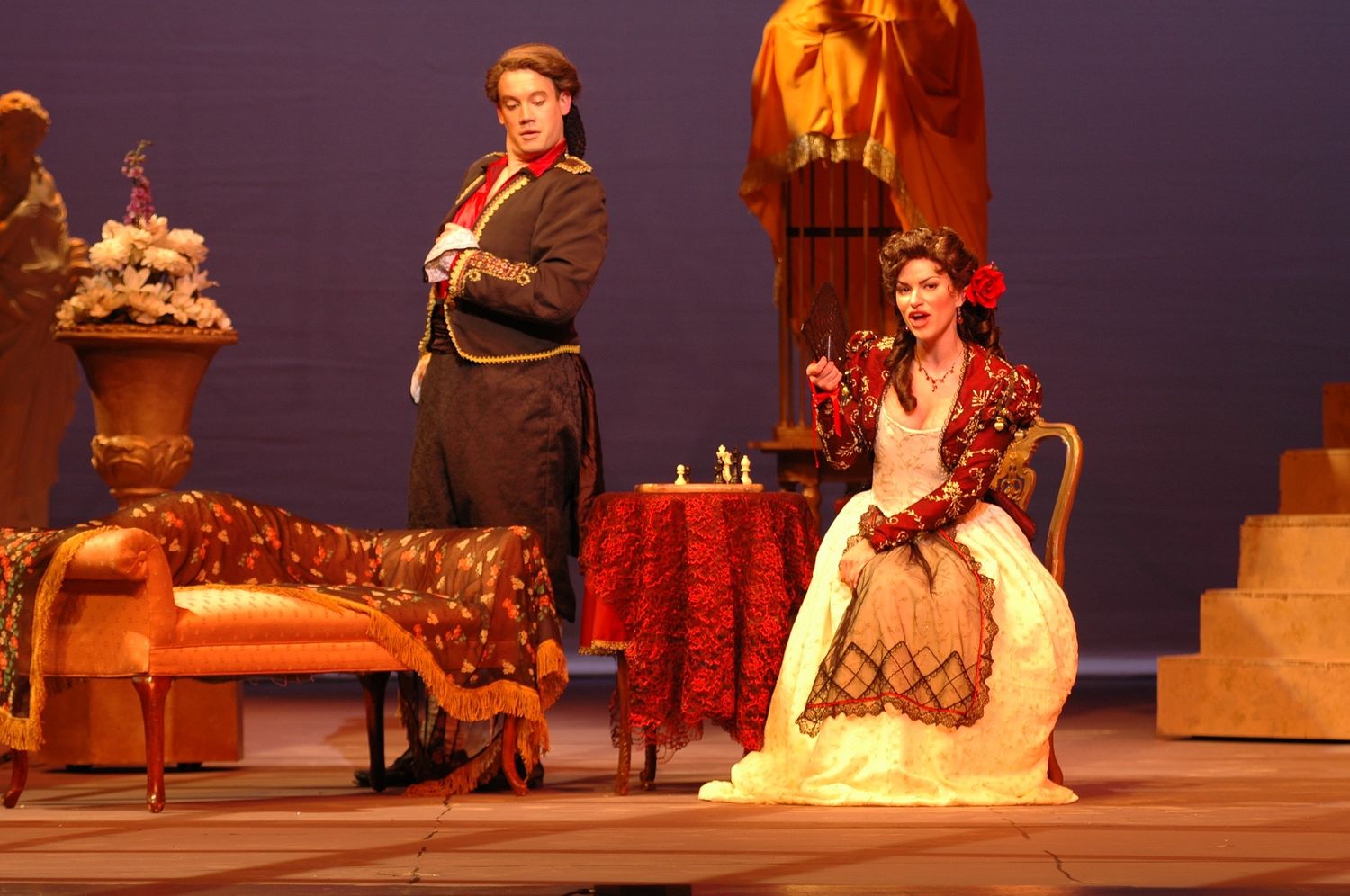

Opera
What Is The Term For The Italian Form Of Realistic Opera?
Modified: January 22, 2024
Discover the term for the Italian form of realistic opera and dive into the captivating world of opera, where music and storytelling unite.
(Many of the links in this article redirect to a specific reviewed product. Your purchase of these products through affiliate links helps to generate commission for AudioLover.com, at no extra cost. Learn more)
Table of Contents
Introduction
Opera, an art form known for its grandeur and emotional depth, has captivated audiences for centuries. One particular genre of opera that emerged in the late 19th century is known as Realistic Opera. This style sought to portray everyday life and human emotions in a more relatable and naturalistic way, departing from the fantastical and mythical elements often found in traditional opera.
Realistic Opera, also referred to as verismo opera, originated in Italy and quickly gained popularity across Europe. It was a reaction against the romanticized and idealized portrayals of characters and situations in previous operatic works. Instead, Realistic Opera aimed to depict the raw realities of human existence, showcasing ordinary people and their struggles, passions, and despair.
This article will delve into the Italian form of Realistic Opera, providing insights into its historical background, characteristics, notable works, and lasting legacy. By exploring this influential genre, we can gain a deeper understanding of the evolution of opera and its impact on the world of music and theater.
Definition of Realistic Opera
Realistic Opera, also known as verismo opera, is a genre of opera that emerged in Italy during the late 19th century. It can be defined as a style of opera that focuses on portraying ordinary life and human emotions in a realistic and naturalistic manner. Unlike earlier operas that often featured mythical or historical characters, Realistic Opera aimed to depict the everyday struggles, passions, and tragedies of common people.
The term “verismo” comes from the Italian word for “realism,” and it signifies the genre’s emphasis on truthfulness and authenticity in its portrayal of characters and situations. Realistic Opera sought to break away from the grandiose and idealized conventions of traditional opera and instead present stories and characters that audiences could connect with on a more personal level.
In Realistic Opera, the narratives often revolve around love, jealousy, revenge, and societal issues such as poverty, infidelity, and violence. The music and libretto (text) in Realistic Opera are characterized by their intense emotional expression and lyrical melodies. The goal of the composers and librettists was to convey the raw emotions and gritty realities of life through the music and lyrics, evoking powerful reactions from the audience.
Realistic Opera also introduced a shift in the choice of settings. Instead of grand palaces or mythical realms, real-life locations such as humble cottages, taverns, and city streets became the stage for these operatic narratives. The characters were often drawn from various social classes, including the lower and working classes, allowing for a more diverse representation on the operatic stage.
This genre was particularly influential in its rejection of the aristocratic and idealized portrayals present in earlier opera. It sought to bring opera closer to the lives and experiences of common people, providing a more relatable and emotionally charged experience for the audience.
Italian Form of Realistic Opera
The Italian form of Realistic Opera, also known as verismo opera, originated and flourished in Italy during the late 19th and early 20th centuries. It was in Italy that this genre found its roots and gained widespread popularity. Italian composers and librettists played a crucial role in shaping and defining the characteristics of Realistic Opera.
One of the pioneers of the Italian form of Realistic Opera was Pietro Mascagni. His opera “Cavalleria Rusticana” (Rustic Chivalry), which premiered in 1890, is considered one of the first verismo operas. Mascagni’s work, with its passionate musical score and realistic portrayal of Sicilian village life, set the stage for the development of this new operatic style.
Another influential figure in Italian Realistic Opera was Ruggero Leoncavallo. His opera “Pagliacci,” which premiered in 1892, is a prime example of the genre. It tells the story of a troupe of traveling performers and explores themes of love, jealousy, and betrayal. “Pagliacci” is known for its intense emotional impact and its famous aria “Vesti la giubba,” which has become an iconic moment in opera history.
Italian Realistic Opera often drew inspiration from popular literary works and dramatic stories, adapting them into operatic form. It incorporated elements of naturalistic acting, using realistic gestures and expressions to enhance the portrayal of the characters’ emotions and experiences.
The Italian composers of Realistic Opera also focused on creating a seamless blend between the music and the spoken language, aiming for a more authentic and believable performance. This required careful attention to the rhythm and cadence of the Italian language, as well as the natural flow of dialogue within the music.
Italian Realistic Opera was characterized by its lyrical melodies, expressive orchestration, and emotive vocal performances. The music often mirrored the emotions and inner turmoil of the characters, creating a deeply immersive experience for the audience. Recurring musical motifs and leitmotifs were utilized to represent specific characters or themes throughout the opera.
The success and popularity of Italian Realistic Opera extended beyond Italy’s borders and influenced operatic traditions in other countries. Composers such as Giacomo Puccini, Umberto Giordano, and Francesco Cilea embraced the verismo style and contributed notable works to the genre.
Overall, the Italian form of Realistic Opera left an indelible mark on the opera world, challenging traditional conventions and bringing a new level of emotional authenticity to the stage.
Historical Background
The emergence of Realistic Opera in Italy was deeply connected to the social and cultural changes taking place in Europe during the late 19th century. This period, known as the Belle Époque, witnessed a shift in artistic expression, as artists sought to depict the realities of modern life.
Italy, in particular, was undergoing a period of social and political transformation. The Risorgimento movement, aimed at unifying the fragmented Italian states into a single nation, had recently achieved its goal with the establishment of the Kingdom of Italy in 1861. This newfound sense of national identity and the changing social dynamics of the time influenced the artistic landscape, including the realm of opera.
Realistic Opera emerged as a reaction against the extravagant and stylized operatic productions that were prevalent in the 19th century. The Romantic era, characterized by idealized portrayals of love, heroism, and mythological themes in opera, was giving way to a desire for authenticity and truthfulness.
The literary movement of verismo, which emphasized realism and naturalism in literature, played a significant role in shaping the birth of Realistic Opera. Influential authors such as Émile Zola and Giovanni Verga sought to capture the harsh realities of life in their works, providing a source of inspiration for composers and librettists to bring those stories to the operatic stage.
While Realistic Opera originated in Italy, its influence soon spread to other European countries. Composers and librettists from France, Germany, and Russia, among others, were inspired by the verismo movement and incorporated its principles into their own works.
The success and popularity of Realistic Opera were also fueled by the advancements in technology and the rise of urbanization. The expansion of rail transport allowed for the dissemination of operatic performances, reaching audiences in both large cities and more remote areas.
Realistic Opera became a form of cultural expression that resonated with audiences across social classes. It reflected the changing times and gave a voice to the struggles and passions of everyday people, who could now see their own lives represented on the operatic stage.
Despite its initial success, Realistic Opera gradually fell out of favor by the early 20th century, as composers and audiences moved towards more experimental and abstract forms of expression. However, its impact on the development of opera as an art form cannot be understated. Realistic Opera challenged the conventions of traditional opera and paved the way for future explorations of realism, naturalism, and the gritty realities of human existence.
Characteristics of Italian Realistic Opera
Italian Realistic Opera, also known as verismo opera, introduced several distinctive characteristics that set it apart from traditional operatic forms. These features contributed to the genre’s realism and emotional intensity, creating a unique and engaging experience for audiences.
- Realistic Portrayal of Characters: Italian Realistic Opera focused on depicting relatable, everyday people rather than idealized or mythological figures. The characters were often drawn from different social classes, showcasing a diverse range of personalities and experiences.
- Emphasis on Emotion and Passion: This genre placed a strong emphasis on evoking intense emotions from the audience. The music and libretto were crafted to express the characters’ innermost feelings of love, jealousy, despair, and revenge, creating a powerful and emotionally charged experience.
- Naturalistic Acting: Italian Realistic Opera incorporated naturalistic acting techniques, with performers portraying characters in a more believable and lifelike manner. Realistic gestures, facial expressions, and body language were utilized to enhance the authenticity of the performances.
- Everyday Settings: Unlike grand palaces or mythological realms, Italian Realistic Opera often took place in everyday settings such as humble cottages, taverns, or city streets. This choice of setting further reinforced the genre’s focus on depicting the realities of ordinary life.
- Verism in the Libretto: The libretti of Italian Realistic Operas incorporated elements of the literary movement of verismo, which emphasized realistic and gritty storytelling. The dialogue and lyrics were often straightforward and direct, reflecting the language and struggles of everyday people.
- Lyrical Melodies: The music in Italian Realistic Opera featured lyrical melodies that showcased the emotional depth and expressive qualities of the characters. The melodies were often memorable and evocative, allowing the audience to connect with the characters’ experiences on a deeper level.
- Orchestral Expressiveness: The orchestration in Italian Realistic Opera played a vital role in enhancing the emotional impact of the performances. The composers skillfully utilized the full range of orchestral instruments to create dramatic contrasts, heightening the intensity of the story and the characters’ emotions.
These characteristics combined to create a genre of opera that broke away from the conventions of traditional opera, seeking to portray the raw realities and emotions of everyday life. Italian Realistic Opera challenged the notion that opera was solely an art form for the elite, instead making it more accessible and relevant to a wider audience.
Famous Italian Realistic Operas
Italian Realistic Opera, also known as verismo opera, has produced several iconic and influential works that have left a lasting impact on the world of opera. These operas not only embody the distinctive characteristics of the genre but also continue to be performed and celebrated for their emotional intensity and realistic portrayals of human experiences.
- “Cavalleria Rusticana” by Pietro Mascagni: This opera, premiered in 1890, is considered one of the foundational works of verismo opera. Set in a Sicilian village, it tells the story of love, betrayal, and revenge. Mascagni’s passionate score and the dramatic plot have made “Cavalleria Rusticana” a beloved staple of the operatic repertoire.
- “Pagliacci” by Ruggero Leoncavallo: Premiered in 1892, “Pagliacci” is another iconic verismo opera. It intertwines the onstage drama of a troupe of traveling performers with the real-life passions and jealousies that unfold backstage. This deeply emotional and gripping opera is most famous for the aria “Vesti la giubba,” which showcases the complexity of the human experience.
- “La Bohème” by Giacomo Puccini: While not exclusively a verismo opera, “La Bohème” (1896) exemplifies the characteristics of Realistic Opera. Set in bohemian Paris, it portrays the struggles and passions of a group of young artists and their relationships. Puccini’s lush melodies and poignant storytelling captured the essence of the verismo movement and solidified “La Bohème” as one of the most beloved operas of all time.
- “Adriana Lecouvreur” by Francesco Cilea: Premiered in 1902, “Adriana Lecouvreur” is a tragic love story set among 18th-century theater artists. It explores themes of passion, jealousy, and the collision between art and reality. Cilea’s lush and expressive music perfectly complements the dramatic intensity of the story, making it a cherished work within the verismo opera repertoire.
- “Andrea Chénier” by Umberto Giordano: This opera, first performed in 1896, tells the story of the poet André Chénier during the French Revolution. It delves into themes of love, justice, and sacrifice, creating a powerful and emotionally charged narrative. Giordano’s music combines lyricism and dramatic flair, capturing the essence of verismo opera.
These famous Italian Realistic Operas, along with many others, have played a crucial role in shaping the genre and solidifying its place in the history of opera. They continue to be performed worldwide, captivating audiences with their vivid characters, emotional depth, and realistic portrayals of human experiences.
Impact and Legacy
The impact of Italian Realistic Opera, also known as verismo opera, on the world of opera cannot be overstated. This genre revolutionized the art form by bringing a new level of emotional authenticity and relatability to the stage. Its legacy can be seen in various aspects of opera, from storytelling to musical composition, and has significantly influenced subsequent generations of composers and performers.
One of the most significant contributions of verismo opera was its departure from the grandiose and idealized conventions of traditional opera. By focusing on the portrayal of everyday life and relatable characters, Italian Realistic Opera made opera more accessible to a wider audience. It introduced a sense of realism and emotional depth that resonated with people from diverse social backgrounds.
Italian Realistic Opera also paved the way for the exploration of new subjects and themes in opera. By depicting the struggles, passions, and tragedies of ordinary people, it expanded the repertoire beyond the realms of mythology and history. This opened doors for composers to explore human emotions and social issues in a more direct and impactful way.
Furthermore, verismo opera had a profound influence on the style and techniques of vocal performance. Singers in realist operas were required to convey authentic emotions and deliver realistic portrayals of their characters. This demanded a departure from the traditional bel canto style and called for a new approach that emphasized the importance of acting and vocal expressiveness.
Composers such as Giacomo Puccini, who was deeply influenced by the verismo movement, went on to further develop the genre with works like “Madama Butterfly” and “Tosca.” These operas demonstrated the continued influence of verismo in their evocative storytelling, relatable characters, and emotionally-charged music.
The legacy of Italian Realistic Opera extends beyond the stage. Its impact can be seen in the realm of theater and film, as well. Realism and naturalism in acting, influenced by verismo opera, have become fundamental principles of dramatic performance, enriching the art forms with more authentic portrayals of human emotions and experiences.
Even today, Italian Realistic Opera continues to captivate audiences with its emotional intensity and compelling narratives. Its influence has transcended time, and the genre retains its place in the operatic canon as a testament to the power of authenticity and the enduring appeal of stories that reflect the complexities of human existence.
Conclusion
Italian Realistic Opera, or verismo opera, stands as a significant and transformative genre within the world of opera. It emerged in Italy during the late 19th century and brought about a departure from the grandiose and idealized conventions of traditional opera. Instead, verismo opera sought to convey the raw realities of everyday life and the depths of human emotions through relatable characters and emotionally charged narratives.
The Italian form of Realistic Opera introduced a range of distinctive characteristics that set it apart from previous operatic styles. From its focus on realistic portrayals of characters and everyday settings to its exploration of intense emotions and incorporation of naturalistic acting, this genre brought a new level of authenticity to the operatic stage.
The impact of Italian Realistic Opera extends beyond the boundaries of the opera house. Its influence can be seen in the development of vocal performance, with an increased emphasis on emotional expressiveness and acting abilities. Furthermore, the genre has had a lasting impact on artistic expression, influencing the realm of theater and film by championing realism and naturalism in dramatic performances.
Famous Italian Realistic Operas such as “Cavalleria Rusticana,” “Pagliacci,” and “La Bohème” have become enduring works in the operatic repertoire, captivating audiences with their emotional intensity, relatable characters, and powerful storytelling. The legacy of Italian Realistic Opera can also be traced in the works of subsequent composers who embraced verismo principles, expanding upon the genre’s themes and techniques.
In conclusion, Italian Realistic Opera revolutionized the world of opera by introducing a more truthful and emotionally evocative style of storytelling. Its depiction of everyday life, intense emotions, and relatable characters resonated with audiences and challenged the established conventions of traditional opera. The impact of verismo opera can still be felt today, as it continues to inspire and captivate audiences with its authenticity, emotional depth, and enduring legacy.

